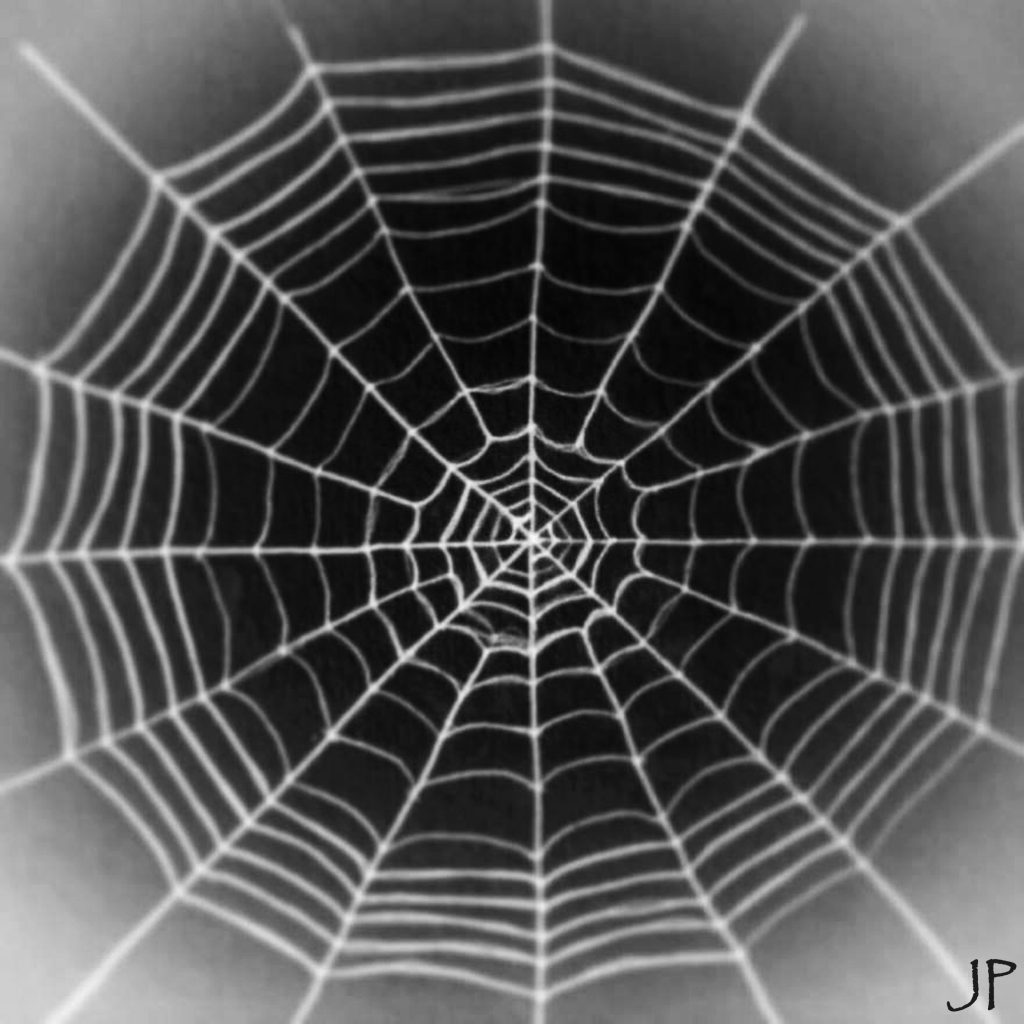
(Image credit: Jean-Philippe Frimat)
In the opening scene of Raiders of the Lost Ark, Indiana Jones and his guide Sapito, played by Alfred Molina, enter a spooky cave searching for an ancient golden relic. A veil of cobwebs obstructs their path, which the pair easily brushes aside. Suddenly Sapito sees a number of tarantula spiders on Indy’s back. When Indy asks Sapito to turn around, Sapito’s back is covered with spiders. Sounds quite unpleasant for both of them!
For many, walking through a cobweb-coated tarantula-filled cave is the stuff of nightmares. Big or small, spiders strike fear in countless. The fact that a film was named after this fear, the 1990 film Arachnophobia starring Jeff Daniels, shows how commonplace the fear is. For some, just a glimpse of a spider web can prove enough to give them the “heebie-jeebies”.
Most spiders are harmless, with less than 30 species out of about 43,000 behind human fatalities. Their webs might look haunting in derelict houses or dark caves but they serve a greater purpose – the webs are used to trap unsuspecting prey. In this way, the spider is spared a potentially fruitless chase, but it requires considerable spider-patience.
Webs are made from spider silk that is produced from spinneret glands in the spider’s abdomen. Silk is a protein, just like the proteins we produce in our bodies such as collagen in skin and ligaments, and keratin in hair. Some spiders even eat their old web before building another. Waste not want not!
Incredibly spider silk is one of the toughest natural materials on the planet, tougher than Kevlar, the material generally used in bulletproof vests. Being tougher means that spider silk can stretch a lot more than Kevlar before it breaks. Although Indiana Jones and Sapito were easily able to stretch and break cobwebs in Raiders of the Lost Ark, they would struggle to break the webs if they were 0.5 metres thick.
The toughness of spider silk has motivated researchers to integrate spider silk with bulletproof technologies. But spiders are small, so setting up a factory to extract silk from millions of spiders sounds silly. Instead, researchers have turned to transgenesis. They isolated the gene behind spider silk production in golden silk orb-weavers, a species renowned for their very tough silk, and inserted it into the DNA of goats. When the herds of spider-goats were milked, filaments of silk were also found in the milk! Once extracted and treated, the silk can then be used to create bulletproof technology.
For example, Jalila Essaïdi, a bio-artist based in Eindhoven, the Netherlands has combined transgenic spider silk with human skin to create a hybrid skin that can stop slow moving bullets! Although the bulletproof skin can’t stop normal-speed bullets (just yet), this study shows that spider silk shouldn’t be feared. Spider silk could potentially save us. Further applications for spider silk could include indestructible fishing lines or parachute cables, and replacement knee ligaments! Imagine having spider silk knee ligaments!
So this Halloween, instead of fearing spiders and their seemingly haunting abodes, we all should embrace their amazing webs. Bulletproof hybrid skin and unbreakable spider silk ligaments could be the way of the future, and all thanks to the amazing properties of spider silk.
Finally, spare a thought for poor Alfred Molina. That tarantula-covered role in Raiders of the Lost Ark was his first major film. But just over two decades later, Molina was battling spiders once again. As Doctor Octopus, he was vanquished by Spider-Man in Spider-Man 2. Oh the irony! Is Alfred Molina’s career cursed by spiders?

